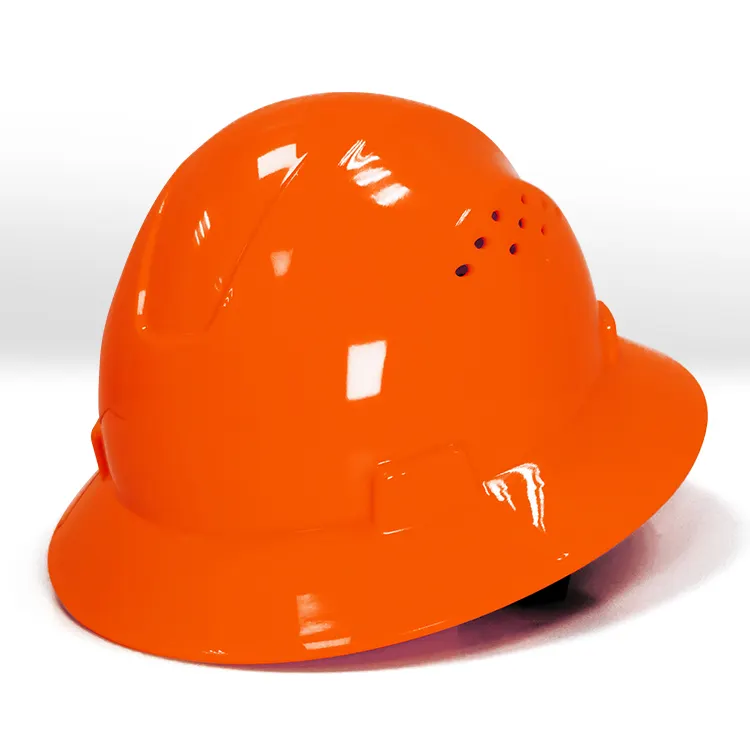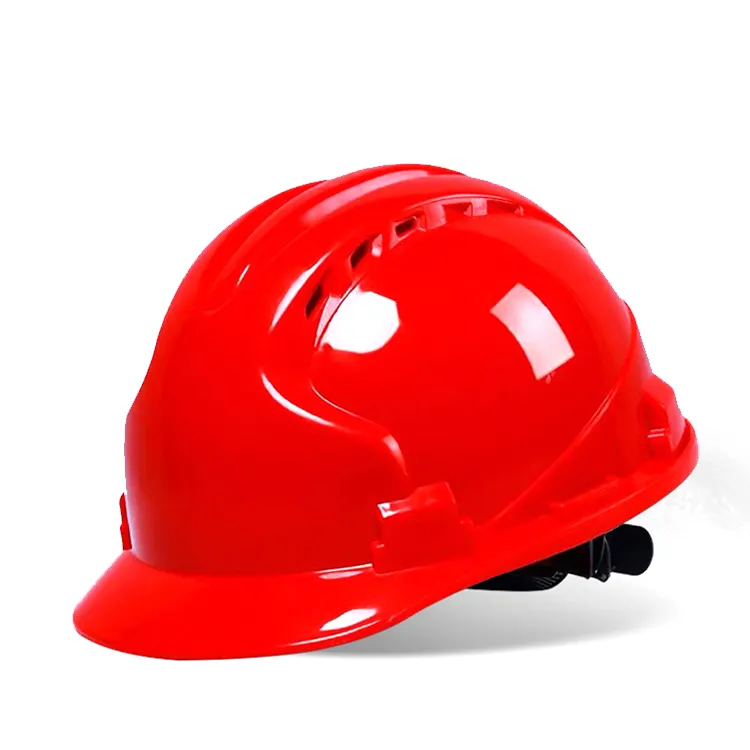“Helmet Up” is an apt phrase that emphasizes the crucial role of safety helmets in workplace safety. Safety helmets are not just a piece of personal protective equipment (PPE), but a fundamental safeguard that plays a pivotal role in reducing the risk of head injuries and ensuring overall workplace well-being. Here’s why safety helmets are so vital in workplace safety:
- Head Injury Prevention: The primary purpose of safety helmets is to protect the head from injuries. They act as a shield against falling objects, impacts, and accidents that can lead to traumatic brain injuries, skull fractures, concussions, and other severe head trauma.
- Legal and Regulatory Compliance: Many industries and regions have strict safety regulations and standards that require the use of safety helmets in specific work environments. Complying with these regulations is not only a legal obligation but also a critical component of ensuring workplace safety.
- Versatility: Safety helmets are versatile and are used across various industries, including construction, manufacturing, mining, forestry, emergency services, and more. They offer protection in diverse work environments and against a wide range of hazards.
- Protection from Falling Objects: In industries where falling objects are a common hazard, such as construction and manufacturing, safety helmets are indispensable. They shield workers from head injuries caused by tools, equipment, debris, or materials falling from above.
- Impact and Penetration Resistance: Safety helmets are engineered to absorb impact energy and prevent penetration. Their construction materials and design elements offer resistance to sharp objects and blunt force impacts, enhancing protection for the head.
- Electrical Hazard Protection: In electrical and utility industries, safety helmets with electrical insulation properties safeguard against electric shock and arc flash incidents, protecting workers when working near live wires or electrical equipment.
- Comfort and Wearability: Modern safety helmets are designed with user comfort in mind. They often feature adjustable suspension systems, ventilation, and padding, ensuring that workers can wear them for extended periods without discomfort or distraction.
- Customization and Identification: Helmets can be customized with various colors and accessories, making it easy to identify specific roles or teams within a workplace. Customization can promote a sense of belonging and teamwork.
- Enhancing Safety Culture: The use of safety helmets helps foster a culture of safety within an organization. When workers see their colleagues and supervisors consistently wearing helmets, it encourages a collective commitment to safety and injury prevention.
- Long-Term Savings: While safety helmets are an initial investment, they can lead to cost savings for employers by reducing the risk of workplace accidents, insurance claims, and medical expenses associated with head injuries.
- Peace of Mind: Wearing a safety helmet not only provides physical protection but also offers peace of mind to workers. Knowing that they have a reliable and trusted piece of equipment to guard against head injuries can boost morale and confidence.
- Education and Training: Safety helmets often come with training on their proper use and maintenance. This education ensures that workers are aware of the equipment’s capabilities and limitations, contributing to their safety.
In summary, “Helmet Up” serves as a reminder of the vital role safety helmets play in ensuring workplace safety. They offer protection, comfort, and compliance with safety regulations, contributing to a safer and more secure work environment. By reducing the risk of head injuries, safety helmets ultimately support the well-being of workers and the success of businesses across various industries.


